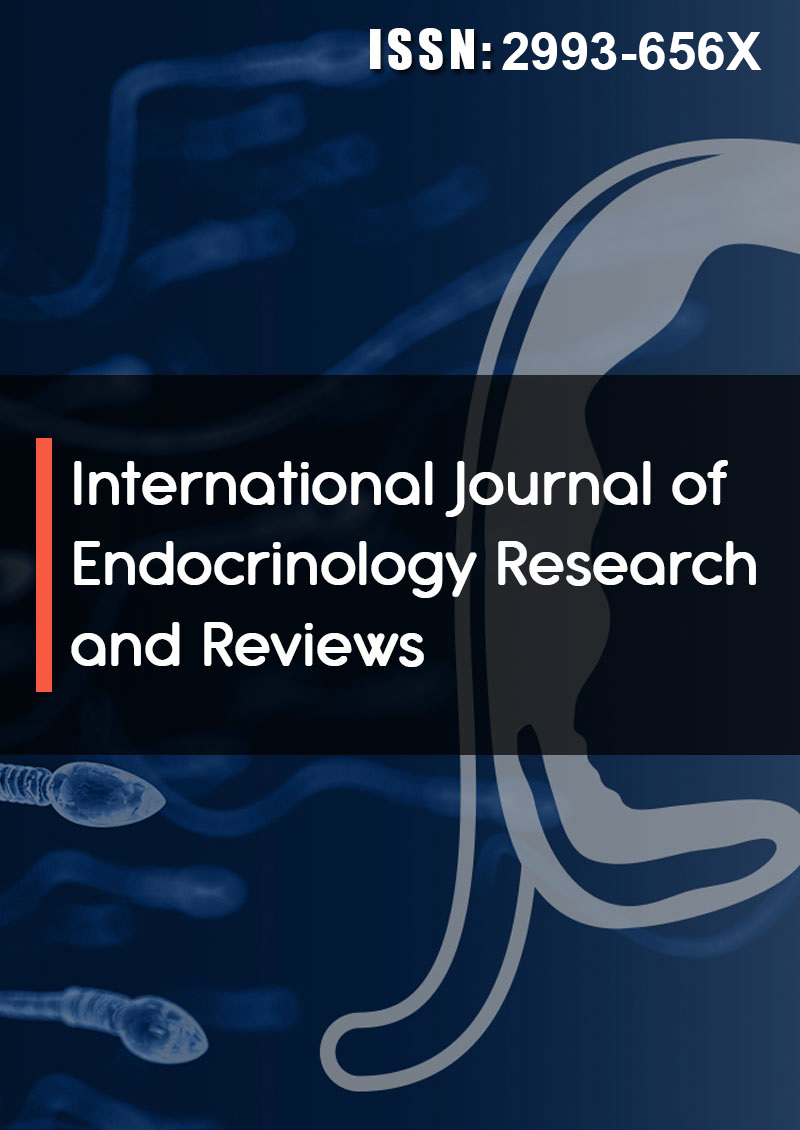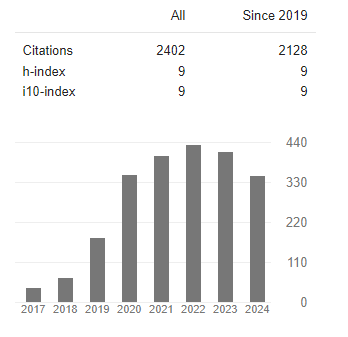Assessing Prevalence and History of Fatty Liver Using Fibroscan: A Single-Center Study
Abstract
Ramadhan S Issa
Background & Aims: Cirrhosis istheprimary factor of morbidity and mortality in individuals with chronic liver conditions.This study identified fatty liverprevalence, risk factors, and cirrhosis in outpatient clinics in a single-center study.
Methods: This prospective cross-sectional study enrolled 195 patients attending an outpatient clinic who met predefined eligibility criteria. Eligible patients underwent fibrosis assessment using the FibroScan® device, a non-invasive tool for evaluating liver fibrosis.
Results: The study sample (mean age: 45.23 years, SD = 15.1) included 48.7% young adults, 36.9% middle-aged individuals, 14.4% elderly participants, and males (54.4%). Key risk factors included smoking (51.8%), diabetes (12.3%), hypertension (5.6%), and having HBV (4.6%). Steatosis was absent in 5.13% of cases, while 94.9% showed some degree: mild (6.15%), moderate (12.82%), or severe (75.9%).Moderate scarring was the most prevalent form of fibrosis, followed by severe scarring (9%). The prevalence of cirrhosis among outpatients was 8% in this study. Overall, the NAFLD prevalence among outpatients was 39% in this study.The cirrhosis scores were substantially higher in elderly patients compared to middle-aged and young individuals (21.43% vs. 11.11% and 2.11%; p < 0.0001). Diabetic patients also showed a higher prevalence of cirrhosis than non-diabetics (16.67% vs. 7.02%; p = 0.0020), as did hypertensive patients compared to non-hypertensive patients (27.27% vs. 7.07%; p = 0.0201).
Conclusions: This study showed the high prevalence of cirrhosis and NAFLD in the outpatient clinic and was associated with older age, diabetes, and hypertension.




